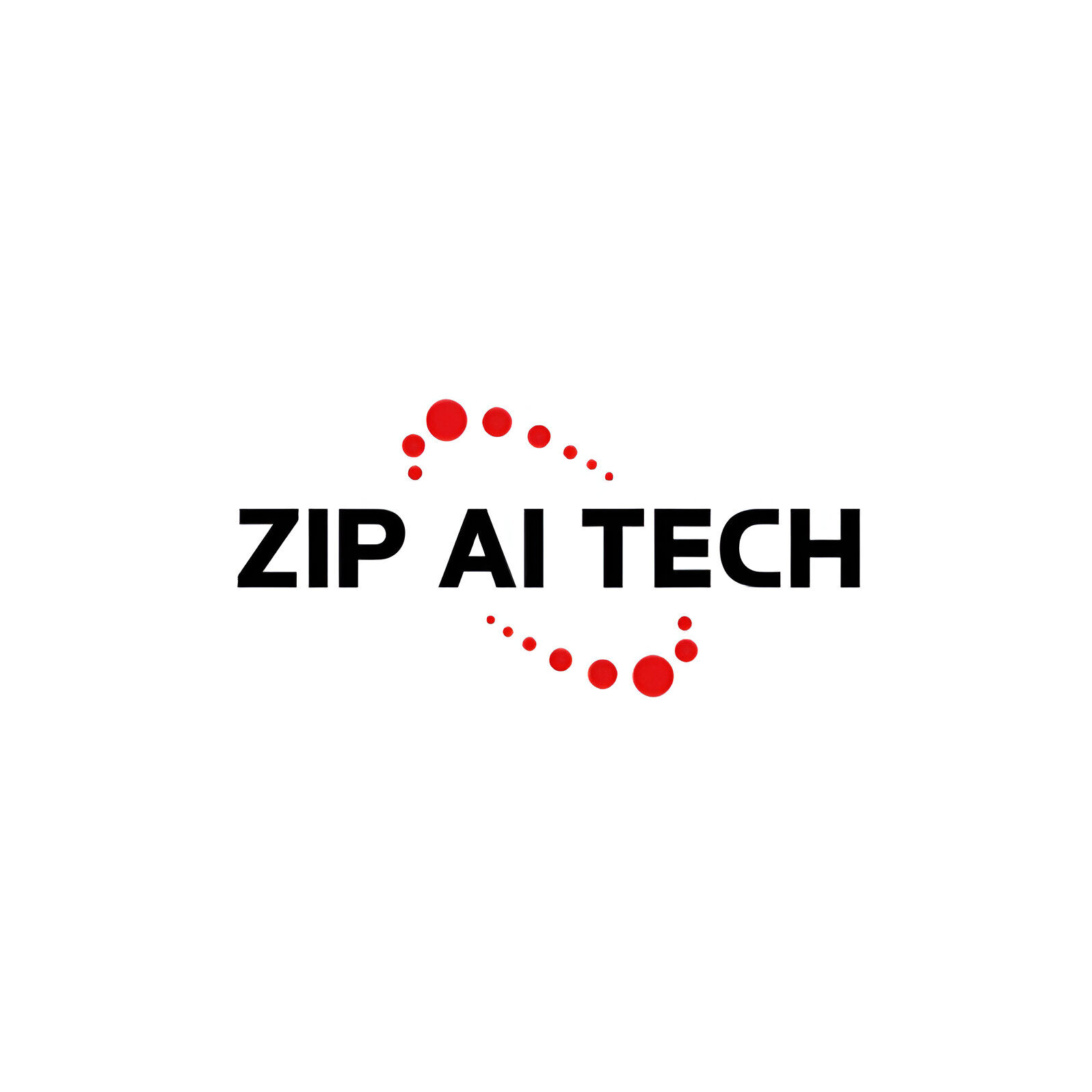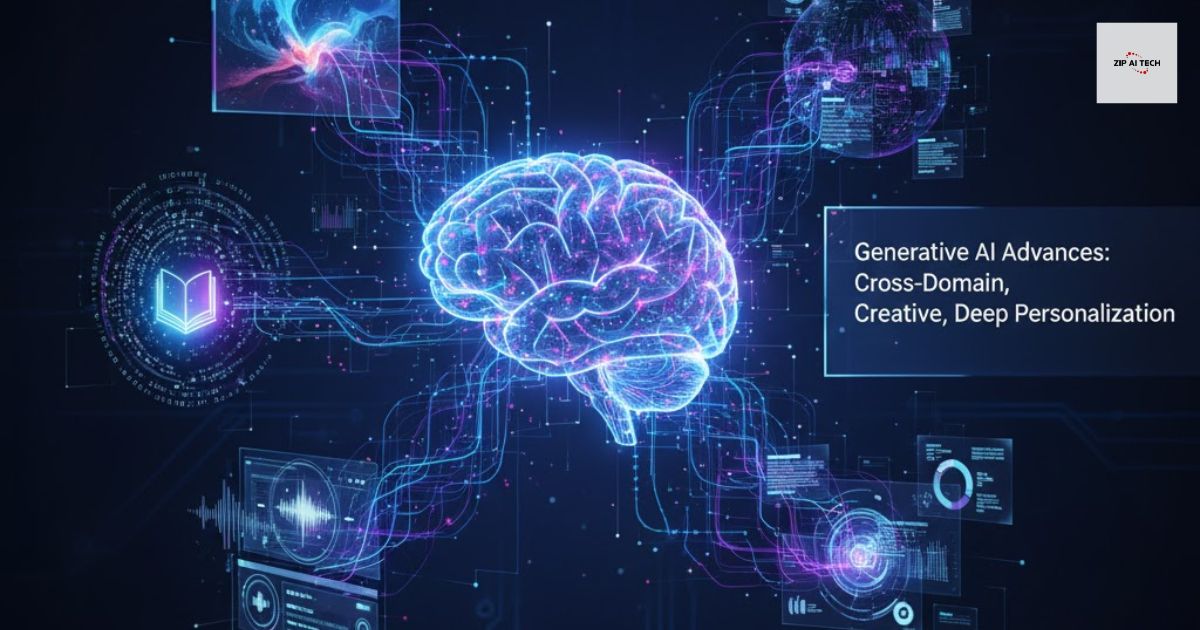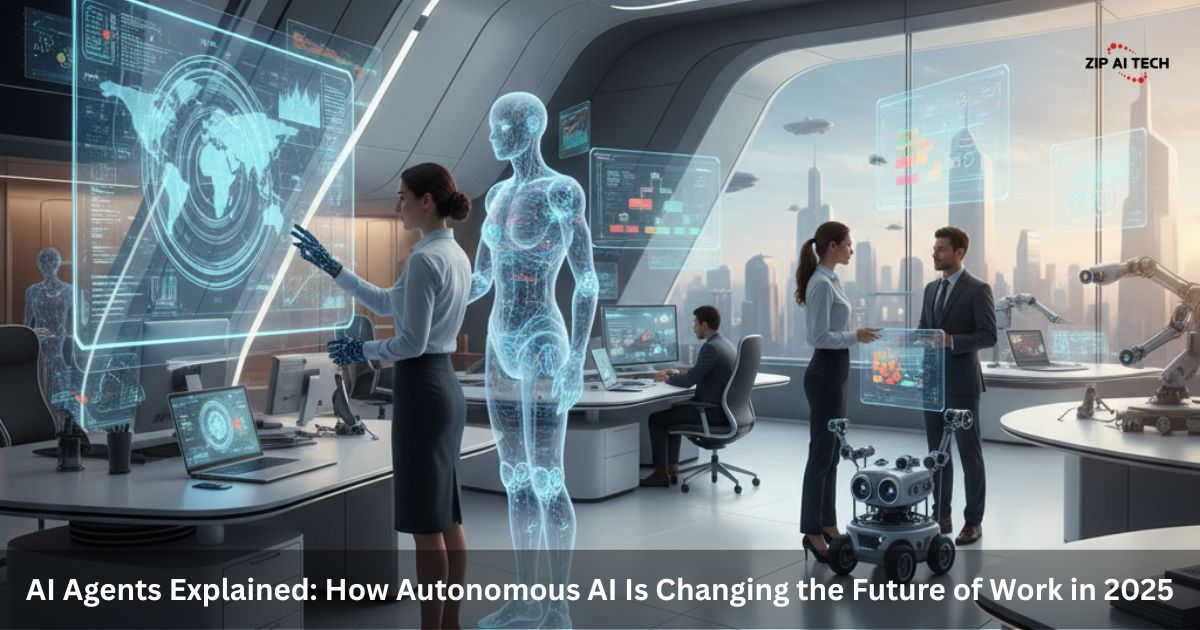Generative AI is no longer a niche curiosity—it’s evolving rapidly into a foundation of next-gen systems that bridge domains, unleash creativity, and personalize at scale. In this post, we dive into three core vectors of evolution: cross-domain generative AI, creative generation, and deep personalization. We will also explore SEO implications, best practices, and actionable takeaways you can implement now.
Why “Generative AI” Is a Defining Trend in 2025
- Generative AI refers broadly to models (e.g. LLMs, diffusion, GANs) that generate content—text, images, video, music, code—versus just classifying or analyzing.
- Its impact spans marketing, education, design, healthcare, software, and more.
- As search behavior shifts, AI overviews (or “answer engines”) are increasingly showing AI-summarized responses atop SERPs, pressuring content creators to adapt.
- SEO in 2025 demands a hybrid of traditional optimization + Answer Engine Optimization (AEO)—i.e. optimizing for how generative models cite and present content.
- Publishers that do not adapt may suffer traffic loss as AI agents bypass traditional site visits.
Thus, by focusing on robust generative AI content and architectures, you secure both technical visibility and future relevance.
Cross-Domain Generative AI: Breaking Silos
What Is Cross-Domain Generative AI?
Cross-domain models can learn from multiple data modalities or fields and transfer knowledge across them (e.g. text + images + healthcare + robotics). Instead of a model constrained to one domain, it generalizes.
Why It Matters
- Enables multimodal generation (e.g. text descriptions to images, video to audio)
- Supports zero-shot or few-shot transfer across tasks and domains
- Reduces the fragmentation of separate vertical AI systems
Technical State & Research
- A recent vision paper describes “AI-Generated Content in Cross-Domain Applications,” showing how models are evolving to synthesize across tasks and modalities.
- In practice, systems like GPT-4, DALL·E + multimodal variants, or training regimes combining image/text/audio advance this direction.
Use Cases & Examples
| Use Case | Cross-Domain Capability | Benefit |
|---|---|---|
| Vision + Language | Generate images from textual prompts or captions | Rapid prototyping in design, marketing |
| Code + Text | Auto-generate code snippets from descriptions | Developer productivity, low-code tools |
| Healthcare + Education | Generate personalized training scenarios blending images, text, simulations | Better learning in medical curricula |
| Audio/Text + Video | Create narrated videos or lip-synced animations | Content creation, film, advertising |
Key Challenges
- Training stability with multimodal inputs
- Model size, compute, and memory constraints
- Domain alignment (ensuring consistency across modalities)
- Avoiding hallucinations or domain drift
Actionable Tip: If you build AI systems, consider modular architectures (e.g. a “shared encoder + domain adapters”) so that domain-specific updates don’t break cross-domain coherence.
Creative Generation: From Assist to Autonomy
What Creative Generative AI Means
Beyond replicating patterns, creative systems attempt originality: novel images, stories, music, designs that emulate human creativity while offering surprises.
Recent Findings & Evidence
- A study found that access to generative AI prompts leads even less-creative authors to produce stories rated more creative and engaging.
- In persuasion research, ChatGPT-crafted personalized messages exert more influence than generic ones, showing creative framing matters.
Key Techniques
- Prompt engineering & chaining: guiding the model step-by-step
- Latent space exploration: nudging generative outputs
- Style transfer & interpolation: merging styles or blending genres
- Reinforcement & feedback loops: letting users rate output and iterating
Use Cases & Applications
- Marketing & Advertising: campaign copy + concept visuals
- Gaming & Entertainment: procedural content, storyline generation
- Design & Architecture: concept sketches, interior layouts
- Music & Audio: original compositions, soundscapes
Risks and Mitigations
- Quality & coherence drift: guardrails, human oversight
- Copyright & plagiarism risks: use clean training data, attribution
- Bias & stereotypes: fairness audits
- Overreliance: keep human creative judgment in loop
Actionable Tip: Use generative AI as a co-creator, not a replacement. Let it draft or ideate, but retain human curation and style polishing.
Deep Personalization: Tailoring at Individual Level
What Deep Personalization Entails
Generative AI can create content uniquely tuned to a user’s preferences, real-time context, and behavioral signals.
Why It’s a Breakthrough
- Moves beyond segmentation into one-to-one adaptation
- Real-time responses (e.g. chat, recommendation, dynamic UI)
- Multi-channel consistency: emails, app UI, messaging, content
Supporting Technologies
- User embeddings / profiles: structured models of user preferences
- Contextual signals: session history, device, location, time
- Feedback loops: user engagement (click, dwell, skip)
- Generative fine-tuning: condition models on user-specific context
Industry Applications
- E-commerce & Retail: product descriptions, marketing copy personalized
- EdTech: tailor content pathways per learner’s strengths/weaknesses
- Media & News: curated story versions based on tastes
- Health / Wellness: personalized coaching, nutrition guides
Evidence & Studies
- IBM notes that generative AI now supports near real-time personalization across channels.
- In marketing, generative AI-driven messages significantly outperform generic ones in persuasion.
- In health education, generative AI has been studied to personalize medical training content.
Actionable Tip: Build small personalization prototypes first (e.g. for newsletter text variants, onboarding flows) before scaling. Always monitor user satisfaction and privacy impact.
Synergies: Combining Cross-Domain, Creative & Personalization
These three axes—cross-domain, creative, and deep personalization—are not silos. They reinforce each other.
- Cross-domain enables the system to draw from diverse modalities (text, image, audio) for creative outputs
- Creative generation benefits from personalization: more imaginative content delivered to individual tastes
- Personalization is stronger when the system understands multiple domains (e.g. mapping a user’s music taste to a visual aesthetic)
Hence, future generative systems will likely be multi-domain creative engines that personalize by default.
6. SEO & Content Strategy Implications (2025)
SEO Trends You Must Know
- AI Overviews / Search Generative Experience (SGE) now occupy top SERP real estate, compressing CTR.
- Zero-click searches are rising: Google gives answers on page without clicks.
- E-E-A-T (Experience, Expertise, Authoritativeness, Trustworthiness) is more critical than ever.
- Core Web Vitals / technical performance remain ranking signals, and now measurement extends to metrics like INP.
- AEO (Answer Engine Optimization) emerges: optimizing content to appear in AI-generated answers, not just as links.
- Structured content, clear headings, schema markup matter more since AI reads pages like humans.
Content Strategy Best Practices
- Topic clusters / pillar pages over isolated posts
- Write for snippet / question-answer format (FAQs, bullet lists)
- Use structured data / schema (e.g. FAQ schema, article, we may use generative AI tags)
- Cite authoritative external and internal links — reinforce expertise and authority
- Demonstrate experience: include case studies, screenshots, step-by-step guides
- Regular content refreshes (especially as AI engines evolve)
Technical & UX Optimization
- Compress & lazy-load images, optimize formats (WebP, AVIF)
- Use a CDN
- Minimize JavaScript / defer non-critical scripts
- Use font-display: swap, avoid layout shifts
- Preload key resources (fonts, hero image)
- Use responsive, mobile-first design
- Test using Google PageSpeed Insights, Lighthouse, Web Vitals library
Measuring Success in the AI Era
Track metrics beyond just traffic:
- AI visibility & citations (Tools like Otterly.ai help track how often your content shows up in AI responses)
- Featured snippet / AI answer click-through rate
- Engagement metrics: dwell time, scroll depth, repeat visits
- Conversions & business impact
- Content mentions and backlinks from authoritative sources
Conclusion
Generative AI has entered a new phase: cross-domain capabilities, creative autonomy, and deep personalization are becoming mainstream. To thrive:
- Build multi-domain models or pipelines
- Use generative AI as co-creators, not replacements
- Personalize content at scale ethically
- Adapt your content and SEO strategy for AI-driven search (AEO)
By aligning your development and content strategies with these trends, you position yourself not just to survive, but to lead in the AI-infused future.
Follow us on Instagram for the latest AI news, tips, and updates from Zip AI Tech.
FAQs
Q1: What is the difference between generative AI and predictive AI?
Generative AI produces new content (e.g. text, images), whereas predictive AI makes predictions or classifications based on patterns (e.g. forecasting, recognition).
Q2: How can generative AI cross domains?
By training on multimodal or multi-domain datasets and using architectures with shared feature representations, models can generalize across domains (e.g. linking text and image knowledge).
Q3: Is AI creativity as good as human creativity?
Not exactly. AI can mimic and combine, but human insight, emotion, and values still matter. Use AI as a creative assistant — it helps ideate, not replace fully.
Q4: How safe is deep personalization from a privacy perspective?
It carries risk. Be transparent, anonymize data, comply with local regulations (e.g. GDPR, CCPA), and give users opt-out options.
Q5: Will generative AI make SEO obsolete?
No — SEO evolves. The goal is no longer just ranking links, but being cited by AI and appearing in answer engines. Expertise, structured content, performance, and signals remain crucial.
About the Author
Bal Kishan is a technology writer, AI strategist, and founder of Zip AI Tech, a platform dedicated to exploring innovations in Artificial Intelligence, automation, and emerging technologies.
With a deep passion for Generative AI, SEO, and digital transformation, Bal Kishan specializes in translating complex AI concepts into practical insights for businesses and creators. His expertise bridges the gap between advanced technology and real-world applications, helping organizations optimize performance, visibility, and growth in the AI-driven era.
Learn more and explore in-depth AI insights at the guide on AI Agents and the Autonomous Future of Work (2025).
.


